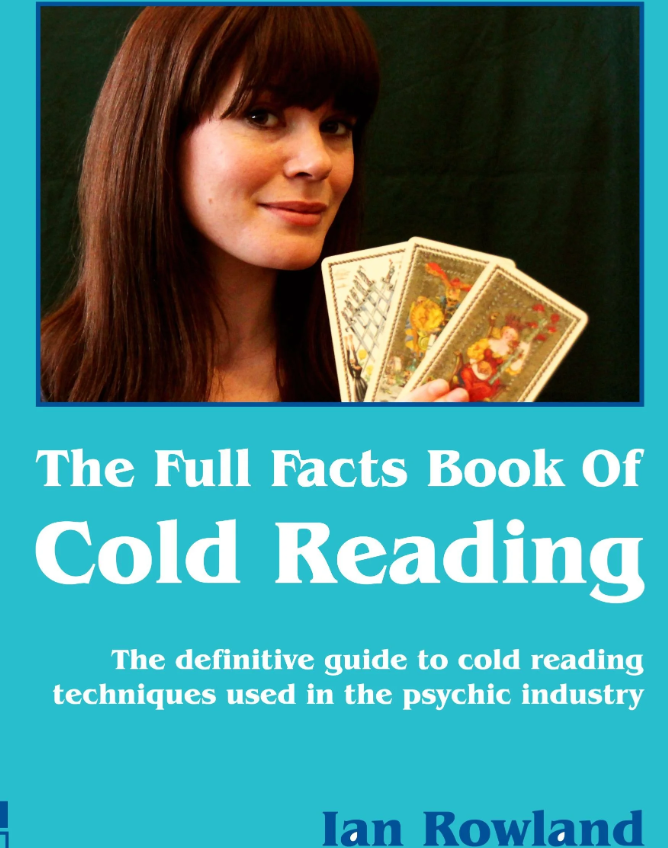Where to Start Cold Reading: A Beginner’s Guide
Where to Start Cold Reading: A Beginner’s Guide
If you’ve ever watched a psychic, fortune-teller, or even a persuasive salesperson and thought, “How do they seem to know so much about people?” you’ve probably witnessed cold reading. For beginners, the big question is where to start cold reading what to learn first, what techniques to practice, and how to apply them without feeling overwhelmed.
In this guide, we’ll explore where to start cold reading, the essential techniques to learn, and practical steps you can take today to begin mastering this fascinating skill.
Why Learn Cold Reading?
Before we dive into where to start cold reading, let’s consider why it’s worth learning at all. Cold reading isn’t about mind-reading or psychic powers. It’s about communication, observation, and psychology.
People learn cold reading because it helps them:
Build rapport quickly.
Understand others’ needs.
Improve influence and persuasion.
Spot the techniques when they’re being used on them.
Knowing where to start cold reading gives you an edge in business, coaching, leadership, and everyday conversations.
Where to Start Cold Reading: The Basics
When asking where to start cold reading, the best answer is to focus on the foundations first. Here are three essentials:
1. The Barnum Statement
These are general statements that feel personal. For example:
“You have a strong need for people to like and respect you.”
This is one of the first techniques to learn when deciding where to start cold reading.
2. The Rainbow Ruse
A way to cover opposite traits at once, such as:
“You’re usually confident, but you sometimes doubt yourself.”
This is another classic example to practice when figuring out where to start cold reading.
3. Observation Skills
Cold reading isn’t just about what you say. It’s about noticing body language, clothing, tone, and energy. If you’re deciding where to start cold reading, observation is a crucial step.
Where to Start Cold Reading in Practice
The theory is important, but practice is where learning sticks. Here’s where to start cold reading in everyday situations:
Conversations with friends – Try subtle Barnum statements and see how people respond.
Networking events – Practice reading cues like confidence, attire, or mood.
Sales or coaching – Use cold reads to open dialogue and invite people to share more.
Knowing where to start cold reading isn’t about perfection it’s about small, consistent practice.
Common Mistakes Beginners Make
When learning where to start cold reading, many beginners fall into these traps:
Trying to be too specific – Start general, then adjust as people react.
Talking too much – Let the other person fill in the details.
Forgetting to listen – Cold reading is about creating a conversation, not a monologue.
Avoid these mistakes, and you’ll progress much faster.
Why Knowing Where to Start Cold Reading Matters
If you don’t know where to start cold reading, it’s easy to feel overwhelmed by the sheer variety of techniques. By focusing first on simple patterns, like Barnum statements and Rainbow Ruses, you’ll gain confidence and build a solid foundation.
The more you practice, the more natural it becomes and soon, you’ll see cold reading opportunities everywhere.
If you’re wondering where to start cold reading, begin small. Learn a handful of basic techniques, practice them in casual conversations, and pay close attention to people’s reactions.
Cold reading isn’t about pretending to be psychic it’s about mastering the art of communication and influence. By knowing where to start cold reading, you set yourself on a path toward deeper connection, sharper observation, and powerful persuasion skills.





